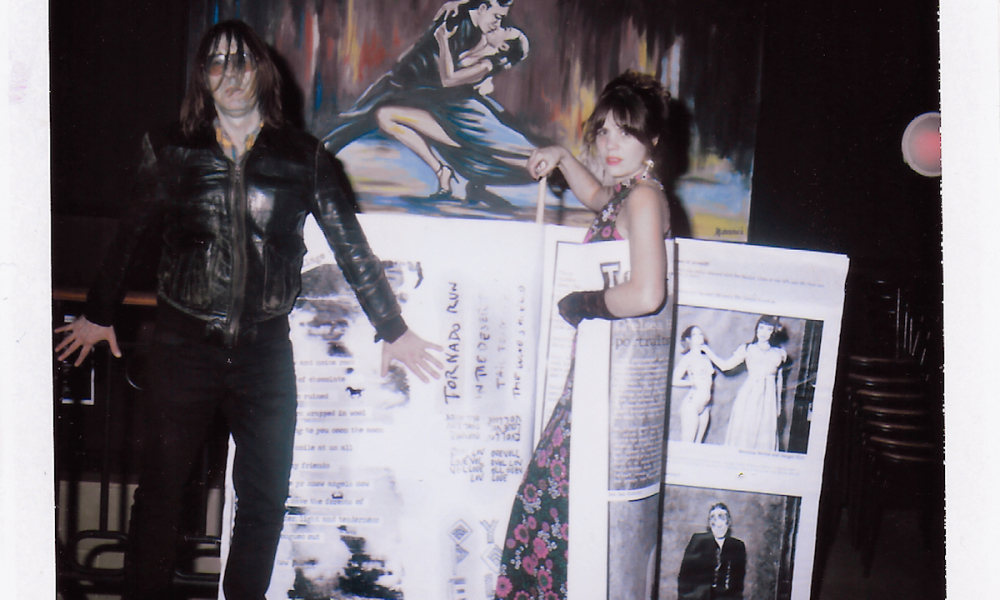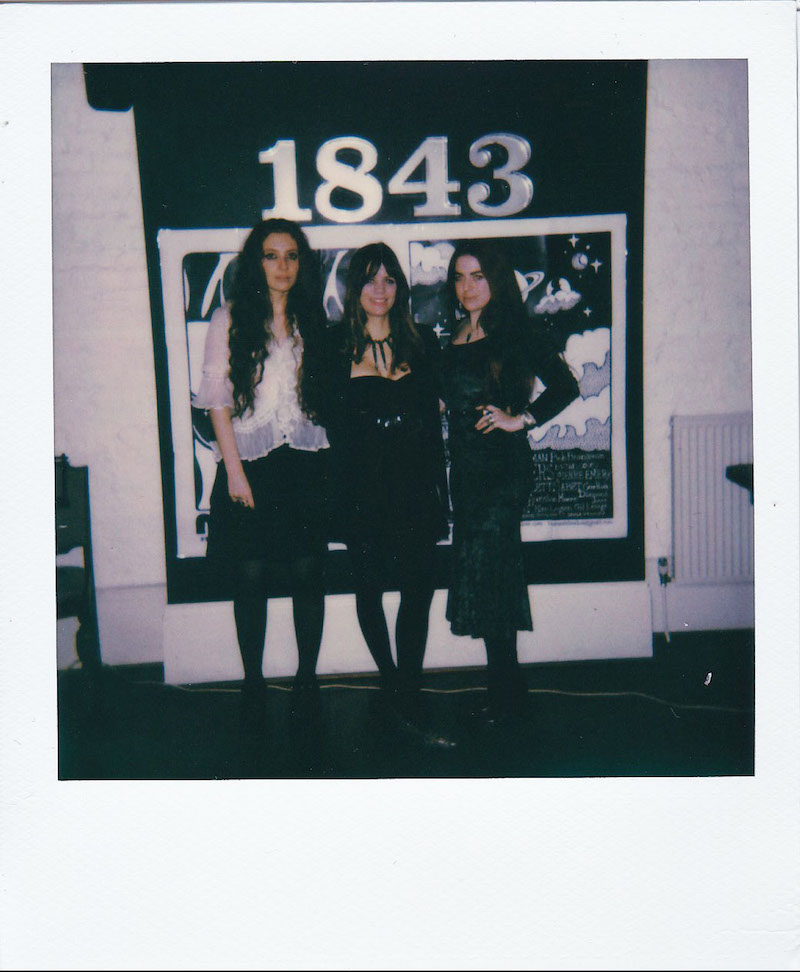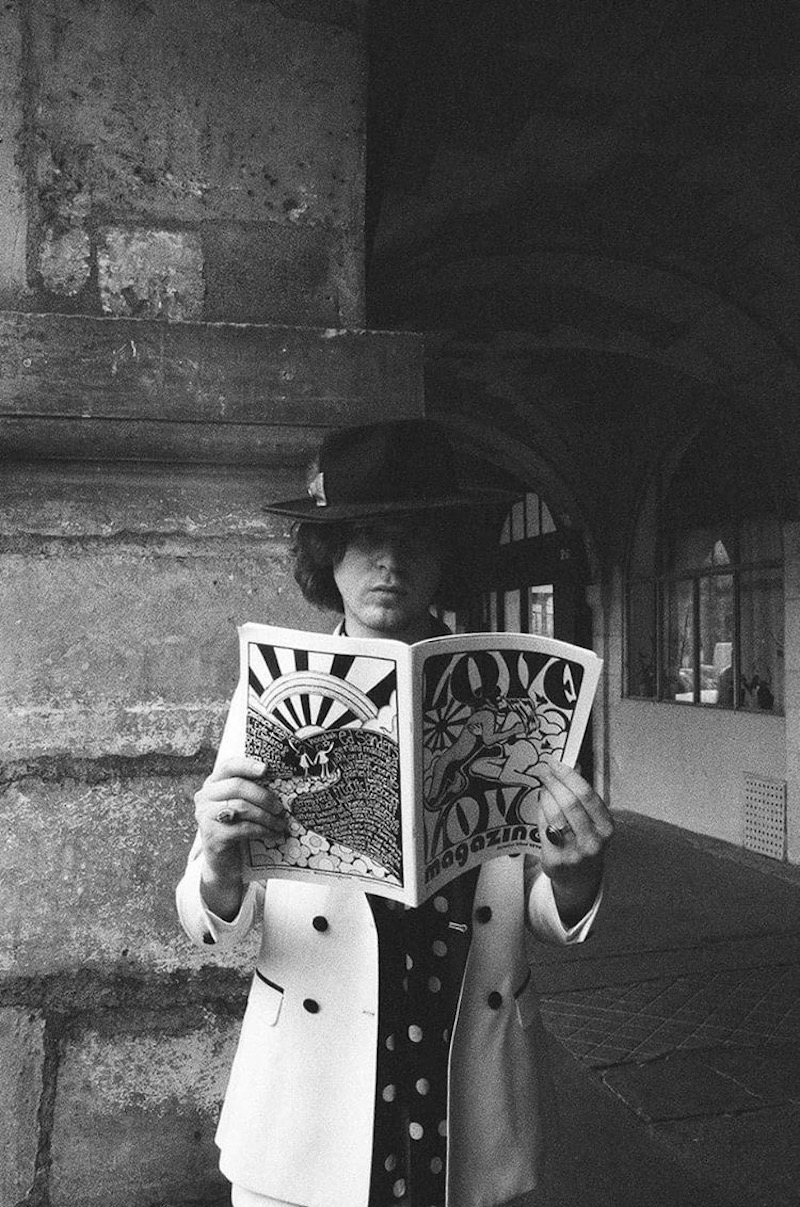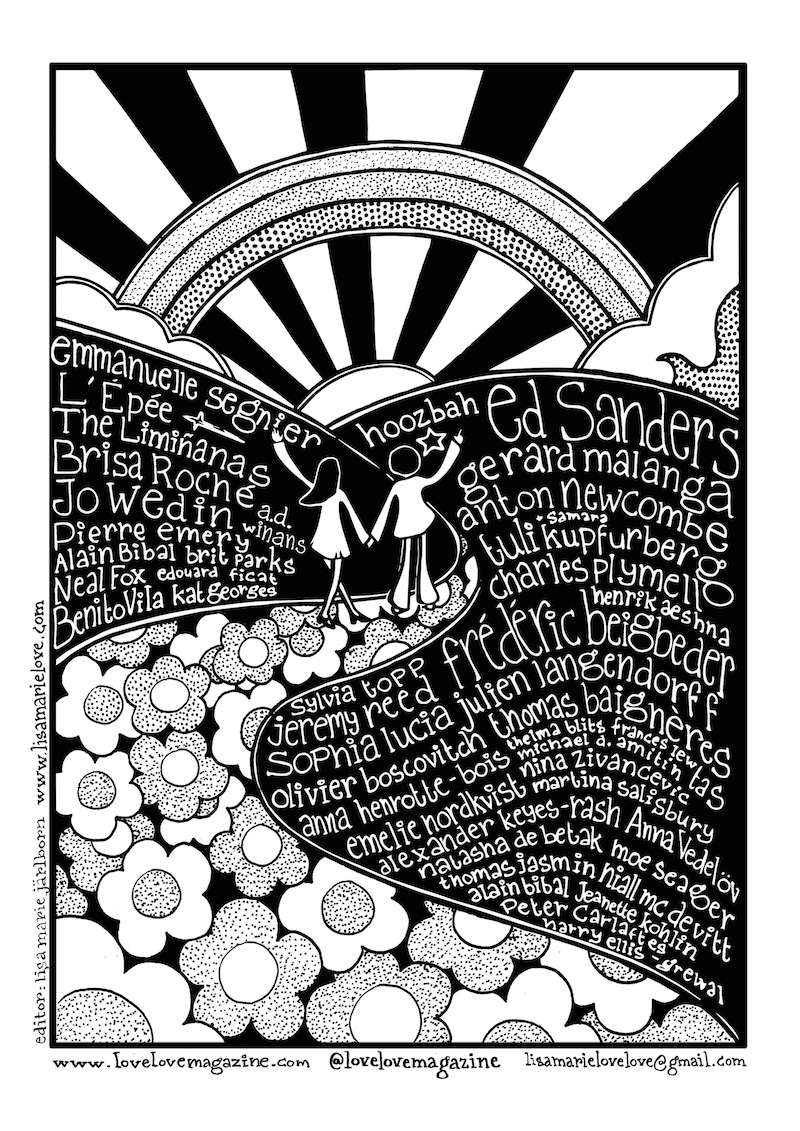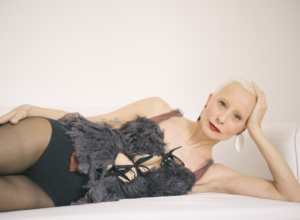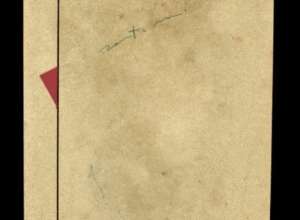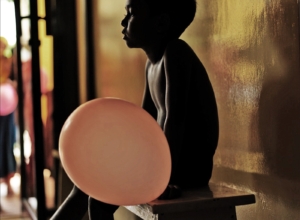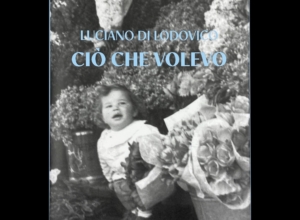Di origine svedese, Lisa Marie Jarlborn è una designer, illustratrice ed editrice di riviste d’arte. Ha collaborato con brand come Sonia Rykiel, Brooks Brothers, Hipanema e Yazbukey e ha esperienza in diversi settori dell’abbigliamento femminile: dalla maglieria ai costumi da bagno, dai gioielli alla progettazione di stampe e al design grafico. Attualmente vive a Parigi dove ha lanciato la rivista LOVE LOVE, oltre a gestirne la parte relativa all’abbigliamento. Lavora anche come designer e illustratrice freelance. In questa intervista parliamo della sua nuova avventura editoriale e di come, in fondo, sia tutta una questione di AMORE.
Lisa Marie Jarlborn is a Swedish born designer, illustrator and arts magazine editor. She has worked for brand such as Sonia Rykiel, Brooks Brothers, Hipanema and Yazbukey and has experience in women’s wear in several fields such as knitwear, swimwear, jewelry, print design and graphic design. She currently lives in Paris where she is editor of the magazine LOVE LOVE, manages LOVE LOVE apparel and works as a freelance designer and illustrator. Here, she reveals how she started her new publishing adventure and why it is all about LOVE.
Lisa Marie & Charley Plymell, Cherry Valley, NY, October 2019, Ph. Mark Reinerston
Francesca Interlenghi: Quando e perché hai deciso di lanciare la rivista LOVE LOVE?
Lisa Marie Jarlborn: All’inizio del 2019 lavoravo come stilista a Parigi. Da un po’ pensavo che mi sarebbe piaciuto realizzare di nuovo una fanzine. Era un’esperienza che avevo fatto da adolescente, ripetuta poi quando ero poco più che ventenne. Per alcuni anni ho anche recitato in diversi spettacoli di poesia e ho esposto le mie opere d’arte a Parigi. Poi un giorno, mente ero seduta davanti al mio computer in ufficio, mi è balenata alla mente l’idea di LOVE LOVE. Pian piano ha iniziato a prendere forma e, appena ho deciso che quella sarebbe stata la mia strada, ho cominciato a lavorarci con fervore. Un incentivo è stato ovviamente anche tutto il contesto: il mio coinvolgimento nella rivista “Bull Tongue Review” di Thurston Moore e Byron Coley e gli scambi via e-mail con il poeta beat Charley Plymell (e il suo entourage) e con l’artista Gerard Malanga. Vantavo già una rete di artisti straordinari intorno a me che avrebbero potuto contribuire al primo numero che poi, in effetti, è uscito a luglio 2019.
Francesca Interlenghi: When and why did you decide to launch Love Love magazine?
Lisa Marie Jarlborn: I was working as a fashion designer in Paris in early 2019. I had been thinking for a while that I’d like to do a fanzine again. I used to make fanzines in my teens and in my early twenties. For a few years I was doing a lot of poetry performances and exhibiting my artwork in Paris. Then one day the idea for Love Love just came to me while I was sitting in front of my computer in the office. And the idea of it started shaping and played itself out in my mind. I just decided to do it and began working fervently on it. A backdrop to this could of course be my involvement in Thurston Moore’s and Byron Coley’s “Bull Tongue Review” and my email interaction with beat poet Charley Plymell (with entourage) and artist Gerard Malanga. I already had a web of incredible artists around me to build a first issue, which was eventually published in July 2019.
Lisa Marie & Gerard Malanga, Hudson, NY, October 2019, Ph. Mark Reinerston
Francesca: Quali sono i criteri con cui scegli gli artisti che intervisti in giro per il mondo? Qual è la cifra che li accomuna?
Lisa: Direi che il criterio è la magia. Questi artisti devono in qualche modo entrare nella mia vita e incantarmi. Può essere qualcuno che seguo da anni perché sono una sua fan ma può anche essere la nuova band che ho appena sentito suonare per strada. La loro arte deve semplicemente parlarmi. Deve essere stimolante, autentica, cool e unica. Deve essere incisiva. Detesto l’arte commerciale e superficiale.
Francesca: What is the criteria by which you choose the artists you interview around the world? What do they have in common if anything?
Lisa: I would say the criteria is magic. These artists should somehow enter my life and spellbind me. It can be someone I’ve been chasing for years because I’m a fan, it can also be the new band I just heard play on the street. Their art should simply speak to me. It should be relevant, genuine, cool and unique. It should stand out. I abhorre commercial and superficial art.
Peter Dohery & Lisa Marie, Galerie Chappe, Paris, December 2020, Ph. Alain Bibal
Francesca: Qual è il target di riferimento della rivista LOVE LOVE?
Lisa: Chiunque sappia leggere o ami le belle immagini. Non mi piace l’idea di avere un target di riferimento. Non è lo scopo di LOVE LOVE. C’è qualcosa per tutti. Un divertimento universale.
Francesca: What is LOVE LOVE magazine’s target audience?
Lisa: Anyone who can read or enjoys nice images. I don’t like the idea of targeting people. LOVE LOVE doesn’t have to. There is something in there for everyone. It’s universal fun.
Francesca: Credi che ci sia ancora spazio oggi, nell’era della comunicazione web 2.0, per la carta stampa? Cosa rende ancora attrattivo un giornale stampato rispetto al suo corrispettivo digitale?
Lisa: Assolutamente si. Leggere qualcosa stampato su carta è un modo diverso di leggere e di vivere il testo e l’arte. Non deve essere consumato in fretta e non scompare subito dopo averlo guardato. Non devi nemmeno mettere un “like”. È anche facilmente condivisibile, in un modo più intimo di un post, ad esempio. Una rivista, un libro o un vinile, sono sempre lì a ricordarci la loro presenza e possono essere scambiati con gli amici. Occupano uno spazio fisico, anche quello della nostra vita. Invecchieranno con noi. Una rivista stampata è un oggetto da amare e conservare, da cui si può imparare. La si può leggere anche quando il telefono si spegne o manca l’elettricità. Forse a lume di candela, è così che mi piace leggere.
Francesca: Do you believe there’s still room nowadays, in the era of web communication 2.0, for the press? What makes printed paper still attractive compared to its digital counterpart?
Lisa: Yes, definitely. Reading a printed object is a different way of reading and experiencing text and art. It doesn’t have to be quick and it doesn’t go away just after you’ve seen it. You don’t even have to ‘like’ it. It is also easily shared, in a more intimate way than a post for example. A magazine, a book or a vinyl will remind you of its presence and you will introduce it to your friends. It has its own physical space and life. It will grow old with you. It is an object you can cherish, keep, learn from and share. You can also read it when your phone dies or electricity goes out. Perhaps to candlelight, that’s how I like to read.
Thurston Moore & Lisa Marie, London, February 2020
Francesca: Uno degli obiettivi principali di LOVE LOVE Magazine è quello di celebrare, con un’esplosione creativa, nuove visioni nella poesia, nella fotografia, nel disegno e nell’arte del collage. Che cosa intendi per nuove visioni?
Lisa: Quello che intendo, parlando di nuove visioni, è semplicemente un’arte innovativa fatta da artisti innovativi. LOVE LOVE presenta l’arte più nuova, nella sua forma più pura. Nessun media esercita un potere di controllo sulla rivista, gli artisti che pubblichiamo non vengono nemmeno pagati. LOVE LOVE è semplicemente una piattaforma che ospita creativi unici nel loro genere e che desiderano, in questo momento, esprimersi. Senza alcun tipo di censura, addirittura senza che gli vengano imposte delle linee guida. C’è molta più libertà, sotto tanti punti di vista, nel senso che non vigono qui le regole che dominano il mondo dell’editoria. Siamo degli anarchici della carta stampata.
Francesca: One of the main goals of LOVE LOVE Magazine is to celebrate a creative explosion of new visions in poetry, photography, drawing and collage art. Could you elaborate a bit on the notion of ‘new visions’?
Lisa: What I mean about new visions is simply innovative art from innovative artists. You will see the newest, rawest art in LOVE LOVE. It is not controlled by any established media, these artists are not even being paid. LOVE LOVE is simply a platform for the most unique and dedicated artists right Now to express themselves. Without any kind of censorship or even guidance. It’s much freer in many ways than the established norms of new media. We are press anarchists.
Scarlett Sabet, Lisa Marie, Kim Logan, London 2020
Francesca: Un’altra delle caratteristiche di LOVE LOVE magazine è certamente la fluidità. La sua grammatica è fatta di linguaggi diversi che si contaminano tra loro. Trovo che il tema della contaminazione sia molto aderente alla contemporaneità e a tal proposto vorrei chiederti: cosa significa per te contemporaneità?
Lisa: So che uso spesso la parola Ora. E chiedo sempre ai creativi che collaborano con me di mostrarmi i loro lavori più recenti. A volte mi chiedono un tema, ma non mi piace assegnarne uno. Penso che ogni artista abbia i propri contenuti su cui lavora e sono quelli che mi interessano. Voglio che condividano ciò su cui stanno riflettendo in questo momento esatto. Se ci fosse un tema, sarebbe il mondo di oggi. E forse questa è la cifra contemporanea che caratterizza LOVE LOVE: molte voci diverse che esprimono il loro personale Ora.
Francesca: Another characteristic of LOVE LOVE magazine is definitely its fluidity. Its language is made of different speeches that contaminate one another. I find the theme of contamination very cohesive to the contemporary world and on this subject I’d like to ask you: what does it mean to you the word contemporaneity?
Lisa: I know that I often use the word Now. And I always ask my contributors to give me their most recent work. Sometimes they ask me for a theme, but I don’t like to give one. I think that all artists have their own themes and I want to know and share what they’re fixated on right Now. That will be the theme of the world today if anything. And perhaps that is the Contemporaneity of LOVE LOVE. Many different voices expressing their own personal Now.
Thomas Baignères, Paris, October 2020
Francesca: Oltre che per i contenuti, la rivista si contraddistingue anche per una precisa scelta grafica. Una ben definita cifra estetica che molto si avvicina alla visual poetry. Mi ricorda certe ricerche poetico-visuali delle seconde avanguardie che si collocavano proprio nello spazio ibrido tra testo e immagine.
Lisa: Cerco sempre l’armonia tra immagine e testo. Considero il testo anche uno strumento visivo e talvolta lavoro con le mie macchine da scrivere per arrivare a creare il testo che esattamente desidero. Il fatto che la rivista sia in bianco e nero le conferisce un carattere preciso. Volevo che restituisse quella sensazione di anarchia adolescenziale, che forse a volte può essere interpretata come mancanza di rispetto nei confronti degli artisti, ma in realtà non è così. C’è solo un’assoluta libertà nel modo di approcciare l’arte e di mostrarla, ad esempio quando incollo il testo o le immagini sopra le opere. L’arte visiva, all’interno della rivista, è importante tanto quanto la scrittura, a testimoniarlo tanti artisti straordinari. In questo ultimo numero: i dipinti di Neal Fox, la fotografia di Gerard Malanga e nei numeri precedenti le opere di Mary Beach, Claude Pélieu, Bob Branaman, Gil Lésage … I miei disegni si ispirano molto ai manifesti dell’art nouveau e del rock n roll degli anni ’60 ma mi piacciono anche i disegni a matita che rispecchiano la realtà. Realizzo sempre io la copertina.
Francesca: The magazine is different not only for its content but also for its distinctive graphic. It is a definite sense of esthetic that aligns with the visual poetry. It reminds me of the visual-poetical research of the second avant-garde where contents and images coexist.
Lisa: I always look for harmony between image and text. I see text as a visual tool too and I work sometimes with my typewriters to create the exact text that I want. Since the magazine is in black and white it also has a given look. I wanted it to have that teenage anarchy feel to it, which can sometimes be disrespectful to the artists, but really it isn’t. It’s just a free approach to how art can be displayed. (When I glue text or images on top of their artwork for example.) The visual art in the magazine is just as important as the writing and there are many incredible artists in there. In this last issue we had Neal Fox’s paintings, Gerard Malanga’s photography and in earlier issues we’ve had artwork from Mary Beach, Claude Pélieu, Bob Branaman, Gil Lésage… My own drawings are very inspired by art nouveau and 60s rock n roll posters and I am also into realistic pencil drawing. I always do the cover art.
Love Love Magazine, Cover #3, October 2020, Illustration by Lisa Marie Jarlborn
Francesca: Se è vero, come diceva Dostoevskij, che la bellezza salverà il mondo, cosa farà l’amore? Sopravviverà alla virtualizzazione delle relazioni? Sopravviverà alla pandemia? Sopravviverà a questo distanziamento sociale, a una distanza che non è solo fisica ma anche di intenti? In altre parole: l’amore ci salverà?
Lisa: Penso che abbiamo bisogno dell’amore per vedere la bellezza. E sì, penso che l’amore sia sempre la risposta e la nostra salvezza. Parlando di pandemia, credo che anche la speranza sia un ingrediente importante. L’amore ci sarà sempre. Le relazioni sono meno reali perché non sono fisiche? Forse sono solo nuove e diverse. Penso che sia sempre più commovente renderci conto di quanto amiamo davvero i nostri amici, familiari e vicini, per quanto ci mancano, per quanto vogliamo abbracciarli e stare con loro. E penso sia importante non dimenticare che le persone sole soffrono in questo particolare momento, perciò qualunque cosa possiamo fare per stare loro vicine, come amici o come amanti, la dobbiamo fare. L’amore è sempre una buona idea.
Francesca: If it is true, like Dostoevskij said, that beauty will save the world, what will love do? Will it survive the virtuality of relationships? Will it survive the pandemic? Will it survive this social distancing which is not only physical but also of intents? In other words: will love save us?
Lisa: I think we need love to see beauty. And yes, I think that love is always the answer and our saviour. When it comes to the pandemic I think that hope is an important ingredient in all of this. Love will always be there. Are relationships less real because they are not physical? Perhaps they are just new and different. I think that it is more and more poignant how much we actually love our friends, family and neighbours, because of how much we miss them and want to hug them and be with them. I do think it is important to take notice that lonely people suffer during this time and whatever one can do to reach out to a person like that and be a new friend or lover, one should do it. Love is always a good idea.
Love Love magazine, Back Cover #3, October 2020, Illustration by Lisa Marie Jarlborn
Cover Story: Lisa Marie & Pierre Emery, Giant Love Love magazine #2, Paris, February 2020, Ph. Edouard Paturel


